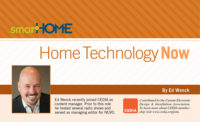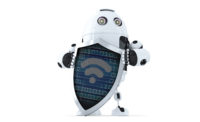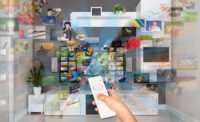Starting the ‘SMART’ Right At the Front Door
Connected locks are getting ever more intelligent and intuitive.
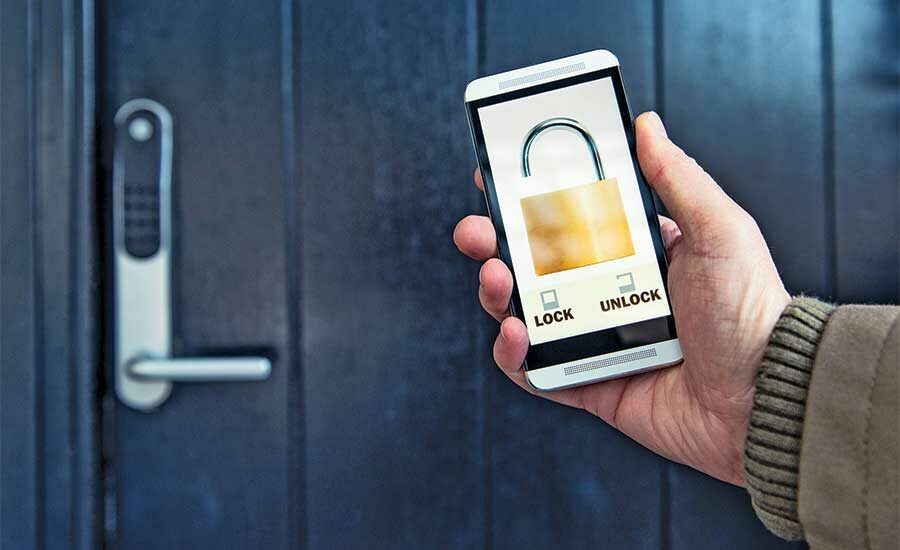
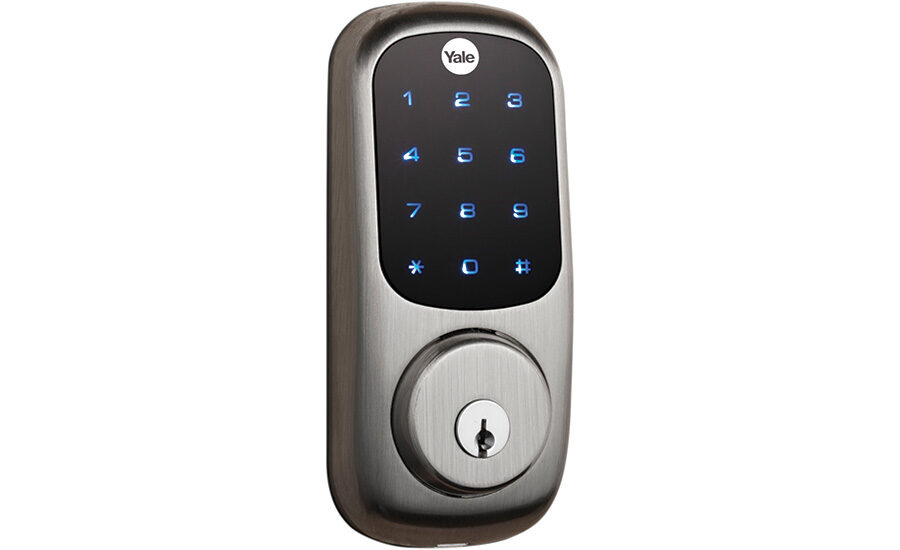
Smart locks engender some of the highest levels of consumer confidence when it comes to connected products.
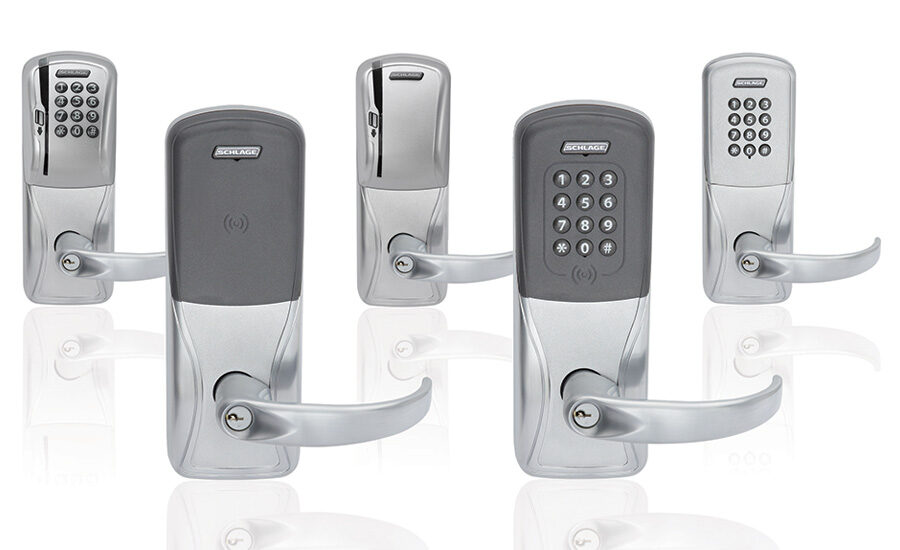
The modern connected lock is a device designed to recognize the user first, the door second.
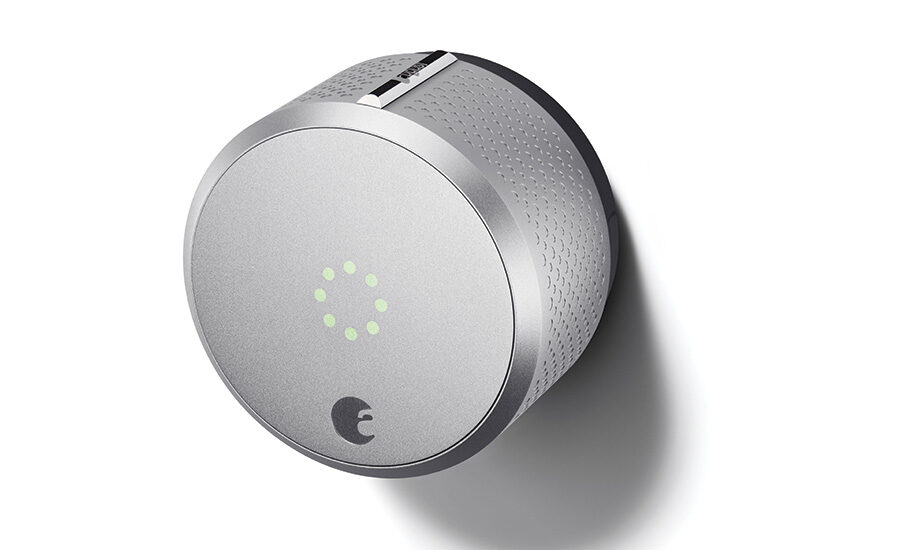
August Pro will have products the homeowner can’t buy online or in the big-box stores, with margins that integrators are more accustomed to.




Mike Chorney is president of a residential integration firm in British Columbia, a business named La Scala that’s been around for decades. Chorney — like a lot of his counterparts — is more about awe than accessories: He’s more interested in providing a user experience informed by technology than the technology itself. His quest for that immersive, seamless interaction between human and home, between body and building, sees him bemoaning one aspect of the connected house:
“I was in a board meeting with some developers and I asked a simple question: ‘How many people actually used a key to open the door of their car this morning?’ I got one hand in the room. Then I posed the next question: ‘Why are we building these condominiums in downtown Vancouver at a thousand dollars a square foot and then handing them a key to open up their door?’ Technology that we’re accustomed to day-to-day, in our car and through our mobile devices — why aren’t we actually using that in our own homes?”
We have good news for Mr. Chorney. The front door has caught up to the rest of the smart building.
A Paradigm Shift or Two
Some of us are old enough (ahem) to remember when the shift from key to key fob occurred in the automotive industry. The wow factor that “keyless” entry and remote-start brought to the key was big. But a button on a small plastic box is still fundamentally “dumb;” it’s programmed to connect to the vehicle, not the user. Simply put, anyone who holds the remote can get into the car.
The modern connected lock, however, is a device designed to recognize the user first, the door second. And along with that change in thinking comes a notion that changes the very concept of what a lock on a door really does.
Mike Buckingham, director of the recently minted “pro” division at August Home, San Francisco, sums it up: “We really flip the script on what access control has usually meant. What that means is that traditionally locks have prevented access to the home for criminals, or those that we want to keep out.”
But a connected lock is less about who one wants to keep out, and more about who you’d like to walk through that door. “August has a platform in which we could provide access for friends, family, and even goods and services — and provide that access in a secure manner,” Buckingham explains.
Garrett Lovejoy, senior product manager for IoT at Yale, Berlin, Conn., agrees. “A smart lock is a great example of ‘access control’ for the home — and access control is not about keeping the wrong people out; it’s really about making it easy for the right people to get in.”
A big part of reducing said nuisance are apps that offer everything from PIN access to geofencing (as in, having a lock recognize a user’s smartphone and clicking the door open as said user approaches). But, to Buckingham’s point, of all the smart-lock features offered by both the relative “newbies” like August and Lockitron and familiar names (such as Kwikset, Schlage, and Yale), the one option that’s common across the board is guest access. And, since the owner of the lock is alerted whenever anyone uses the door, the parent of a latchkey child, for example, can be notified that their offspring is home. (Sorry, kids — the notion of ditching school at the house is officially obsolete.)
From Retro to Pro
According to Cameron Robertson, CEO of Lockitron, Mountain View, Calif., trial and error is paying off for his company. The initial concept: Stick a smart mechanism directly over top of the thumb turn on the inside of the door, and voila — instant connected solution. Pre-orders were big, but manufacturing delays and other issues gave the company headaches. Robertson and his team pumped the brakes a bit, and developed their next-gen product more slowly, finally developing a replacement lock. The old “stick-on-top” solution, says Robertson, was “just not as robust as we wanted it to be, and in most cases, we saw that users were in fact willing to replace their door lock to actually get the functionality we could provide.”
While the core of Lockitron’s business is primarily a low-cost, easily installed solution, August is ramping up its pro side. “I came on board in November of 2015 to build out a B-to-B wholesale division of August that frankly had not existed before,” Buckingham explains. “August products were not widely available in distribution. They were not available for integrators. So last year — actually at the CEDIA show — we announced August Pro as a new division for the company, with ADI as our distributor partner. We expanded to bring on AVAD and a host of other smaller, regional distributors.”
August Pro will have products the homeowner can’t buy online or in the big-box stores, and those products “have the margins that [integrators are] more accustomed to. And, some of the affiliations by having a Z-Wave chip built into this new lock will work with the panel providers and security cloud providers that you’re most familiar with.” The new August product — coming in the fall — will also be differentiated by extended warranties available for its dealers.
As for Yale, of course, they’re all about the pro side. “The majority of our business is still focused on the professional installing channel — security dealers and the like,” says Lovejoy. “We can meet a variety of price points with products that are fully featured and less featured. We try and create a continuum of product for the pro dealer. We do have locks that fall into the ‘good enough’ category so dealers can incentivize and move forward with that business model.”
When it comes to integration, Lovejoy notes that their products work with “ZigBee, Z-Wave — we have specialized products for specific dealers, too: Crestron, Control4, and we make a HomeKit module as well.”
As far as integration is concerned, Lockitron’s IFTTT connectivity works with many of the same apps and devices that August’s products work with, including Amazon Alexa and Nest.
Upscale Solutions
Alex Capecelatro, who is one of the brains behind Los Angeles-based Josh.ai, a whole-home voice control system, sees the systems in the homes he integrates hit a price point that’s easily 1,000 times the cost of a connected lock produced by August or Lockitron. “Some of my clients have a series of Star-Trek-like doors that recognize them and open in a series, turning on lights for them down the pathway they’ll use from, say, driveway to kitchen or wherever they’re headed. My CTO has a series of palm-readers that recognize whether or not you’re allowed access to an individual room.” Those technologies aren’t exactly mainstream, however. Many of the clients who ask for Capecelatro’s custom integrations have homes that offer 10,000 square feet of living space and above.
Capecelatro does see locks from Schlage and Lockitron turn up in his custom jobs, though. “A lot of the locks are Z-Wave and ZigBee based, and our product is controlling everything over IP. We just route through a hub.” There’s something else to remember here, though: Capecelatro notes that in his home (like a lot of American residences), he usually comes in through the garage door — and that’s an entirely different system than the one that controls the entrance from his porch. “It’s a Lutron system, controlled by Josh — without an actual door lock.”
Of course, as we’ve heard many thousands of times, “anything that can be hacked, will be hacked.” The folks at August promise “bank-level security,” and Lockitron’s Robertson expresses the entire industry’s mantra of “constant vigilance: I think the biggest thing there is, we go to the Defcons and things like that. We see what people are working on. But it’s really about being responsive so that if something crops up, you can immediately and securely deploy and update to resolve it. But ultimately, humans are fallible; software’s fallible.
“And so we’ve got to be able to react quickly and really engage with the security community to say, ‘Hey, yeah, take this thing out, throw it around, see what you can find, and work with them versus kind of sticking our heads in the sand and saying, ‘No! It’s perfect!’”
As Garrett Lovejoy notes, smart locks engender some of the highest levels of consumer confidence when it comes to connected products: “It’s one of those first things someone tells you about once they purchase it. When you start with something as simple as a keypad with a PIN and you have the ability to go for a run, let the kids in — or even lose your keys — and not worry about how you’re going to get back into your house, that’s something. Add smart features and you get this amazing level of control over the product. And when you have consumers sharing that kind of experience with their friends, it’s a great sign that consumers love these devices.”
Looking for a reprint of this article?
From high-res PDFs to custom plaques, order your copy today!



